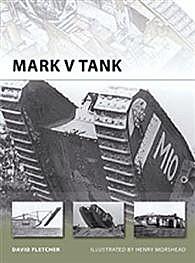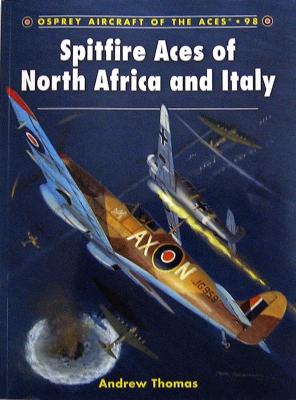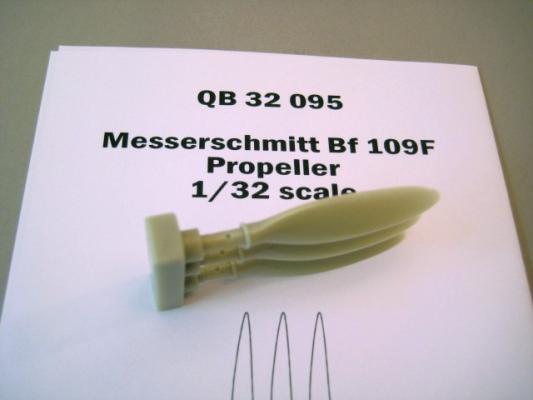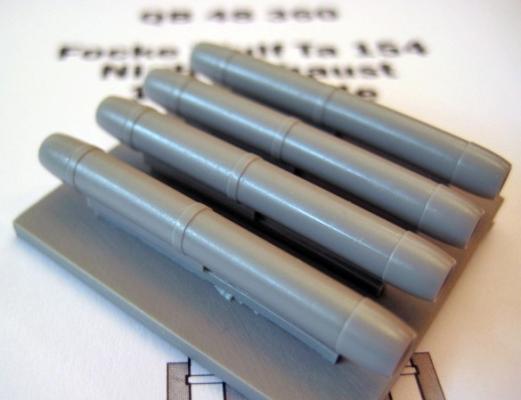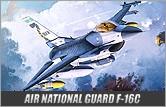The British developed and employed the first full-tracked armored fighting vehicle and continued to improve the design throughout the First World War. The result was the Mark V tank in 1918.
This book, number 178 in the New Vanguard series published by Osprey Publishing, describes the development of the Mark V and Mark V* tanks from the earlier Mark IV, crew duties, combat deployment, and further improvements at the Christchurch development center. The text provides a pretty inclusive discussion of the development of the Mark V and its larger siblings the Mark V* and V**. The discussion of combat operations is basic but does give an idea of the improvement of the faster Mark V over earlier models.











